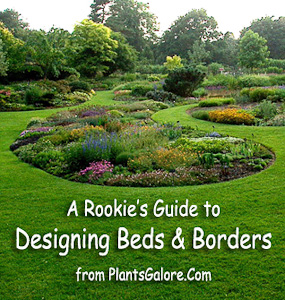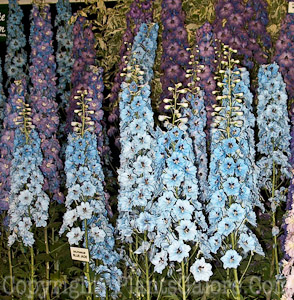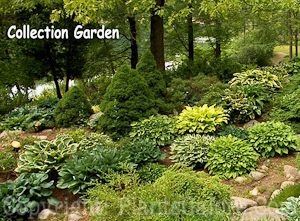 Welcome to the wonderful world of ornamental plants. In this eBook, we will try to help you begin to understand the process of arranging these plants for their best effects in your home landscape. As the title implies, this is aimed at the “Rookie” or novice gardener who wants to understand the basics of the landscape design process.
Welcome to the wonderful world of ornamental plants. In this eBook, we will try to help you begin to understand the process of arranging these plants for their best effects in your home landscape. As the title implies, this is aimed at the “Rookie” or novice gardener who wants to understand the basics of the landscape design process.
Anyone who visits a landscape garden can form an opinion about what they like or dislike about it. This eBook will teach you concepts and terminology so you can describe WHY you find a garden or grouping of plants either pleasing or not so pleasing. That way, you can reproduce the “good” and avoid the “bad” in your own beds and borders.





